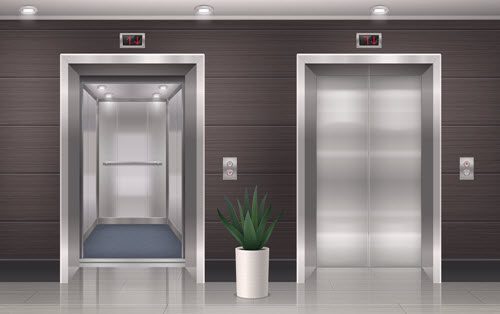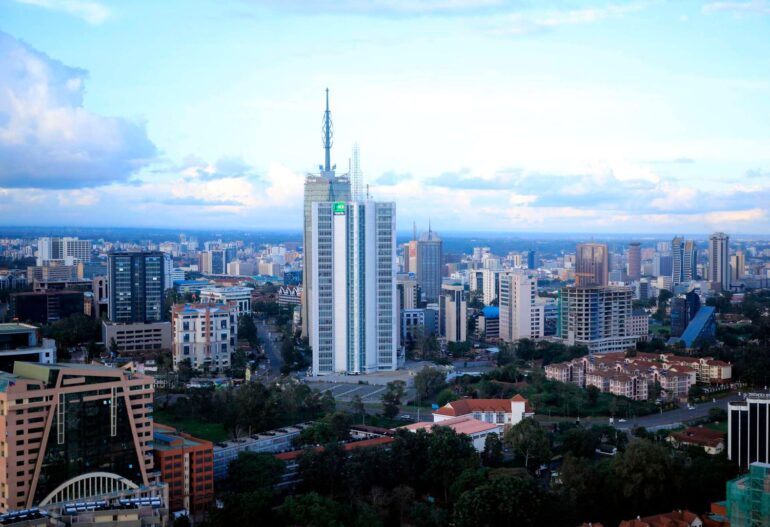No products in the cart.
Why High-Rise Buildings in Kenya Should Adopt Grid-Tied Solar Systems for Elevators and Common Area Lighting
With Kenya’s rapid urbanization, high-rise commercial and residential buildings are becoming a common sight. As these structures grow taller, the demand for reliable and cost-effective energy solutions increases. One innovative approach that is gaining traction is the installation of grid-tied solar systems. In this article, we will explore why high-rise buildings with elevators in Kenya should consider grid-tied solar systems to power their elevators and common area lighting needs. We will estimate the energy requirements for elevators and common areas, discuss the benefits of grid-tied systems, and analyze the return on investment (ROI).
1. Estimating Energy Needs for Elevators and Common Areas
Elevators are essential in high-rise buildings, and their energy consumption can be significant. On average, a typical elevator in a high-rise building, consumes about 3,000 to 10,000 kWh per year, depending on the building’s height and the elevator’s usage frequency. Additionally, common areas such as parking lots, security lights, and stairway lighting also require substantial energy. For instance, lighting common areas can consume approximately 1,000 to 2,000 kWh annually per floor.

2. The Benefits of Grid-Tied Solar Systems
Grid-tied solar system installation in Kenya offers numerous advantages:
- Cost Savings: By generating electricity from solar panels, high-rise buildings can significantly reduce their electricity bills. The excess energy produced can be fed back into the grid, further lowering energy costs.
- Reliability: Grid-tied systems provide a reliable power supply, ensuring that elevators and common area lighting are always operational, even during power outages.
- Environmental Impact: Utilizing solar energy reduces the building’s carbon footprint, contributing to a cleaner and greener environment.
- Energy Independence: Grid-tied solar systems offer buildings greater energy independence, reducing their reliance on conventional energy sources.
3. Return on Investment (ROI)
The ROI for grid-tied solar systems in high-rise buildings is compelling. The initial investment for a grid-tied solar system varies based on the system’s size and complexity. However, the savings on electricity bills and potential revenue from selling excess energy to the grid can offset the initial costs within a few years. Additionally, government incentives and subsidies for solar energy adoption in Kenya can further enhance the ROI.
In conclusion, high-rise commercial and residential buildings in Kenya should strongly consider grid-tied solar systems for powering elevators and common area lighting. The energy savings, environmental benefits, and impressive ROI make grid-tied solar system installation in Kenya an attractive and sustainable solution. By embracing this innovative approach, buildings can achieve energy independence, reduce costs, and contribute to a greener future.
In conclusion, high-rise commercial and residential buildings in Kenya should strongly consider grid-tied solar systems for powering elevators and common area lighting. The energy savings, environmental benefits, and impressive ROI make grid-tied solar system installation in Kenya an attractive and sustainable solution. By embracing this innovative approach, buildings can achieve energy independence, reduce costs, and contribute to a greener future.
Ready to harness the power of the sun and transform your building’s energy efficiency? Contact Mayu Solar today for a consultation and discover how our expert team can help you implement a grid-tied solar system tailored to your building’s needs. Let’s work together to create a brighter, greener future for Kenya.












